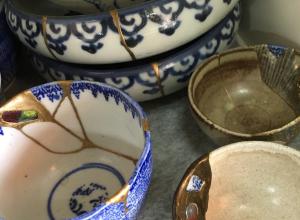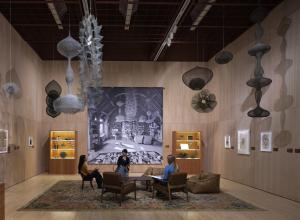Start by doing some advance prep. Visit the fair's website. Read the "About" section for an introduction to the basics, history, and what the fair is known for. Next, pretty much any significant art fair lists all exhibitors and participants on their website. Head over there to see who's on the docket, what they specialize in, what they might be showing, where they're from, etc. Click any links that seem interesting, visit the dealers’ websites, and take a closer look at their art and artists. If you like what you see and want to see more, make a note to visit their booths. Do the same with any artists whose work engages you, as well.
Another way to get an idea of what exhibitors will be showing is by checking out their social media, and maybe even following them. Don't forget to visit any related hashtags like #(a gallery's name), #(an artist's name), and #(the art fair's name). You don't have to spend hours or days on this, but it's an excellent way to get a basic feel for what you'll encounter once you arrive. The better prepared you are, the more comfortable and confident you'll be, the less chance you'll have of getting lost, and the more you'll enjoy, learn, and benefit from the experience.
On art fair websites, you can often see their floor plans, as well. Whenever that's the case, check them out and maybe even print them out. Taking a systematic approach to going through a fair is highly recommended, and there's no better way to do that than by getting to know the who's located where. Decide where you'll start, what route you'll take, and where you'll end up. For fairs with long aisles, a good strategy is to explore each aisle progressively, starting with the first and walking all the way down, then going to the next and walking all the way back, and so on until you've seen all the aisles. When you get to the end, turn right around and follow the exact same route in the opposite direction, back to where you started. Approaching each booth from one direction on the way out and the other on the way back maximizes your chances of seeing everything. And since booths are on both sides of every aisle, be sure to look from side to side all along the way.


![DEl Kathryn Barton [Australian b. 1972] the more than human love , 2025 Acrylic on French linen 78 3/4 x 137 3/4 inches 200 x 350 cm Framed dimensions: 79 7/8 x 139 inches 203 x 353 cm](/sites/default/files/styles/category_card_187x139/public/ab15211bartonthe-more-human-lovelg.jpg?itok=LJbNuU6F)

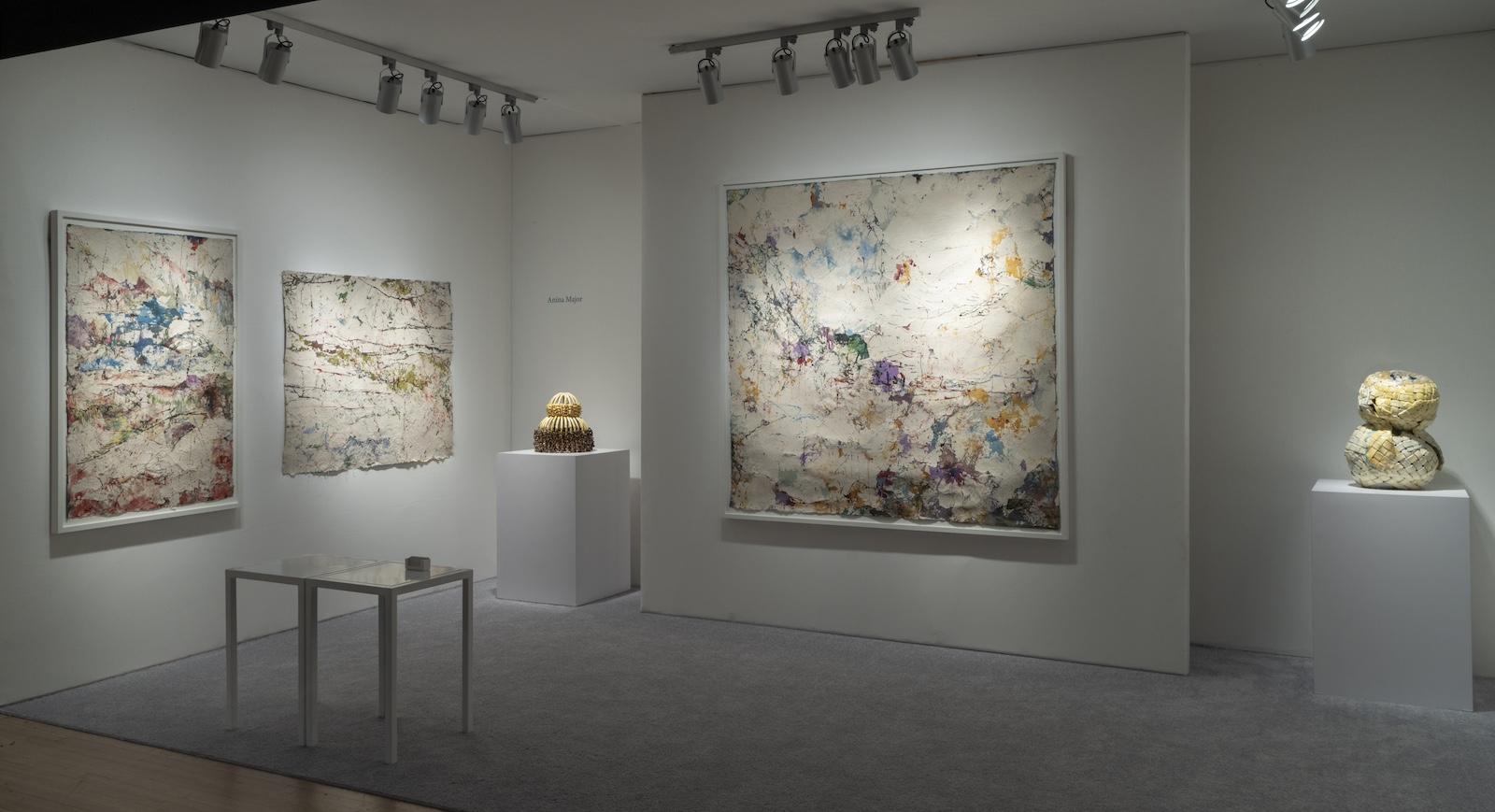
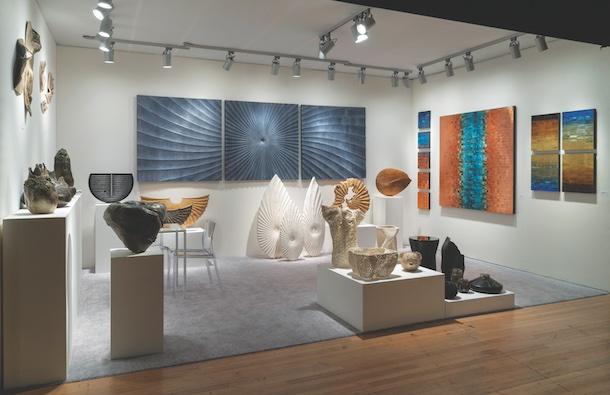
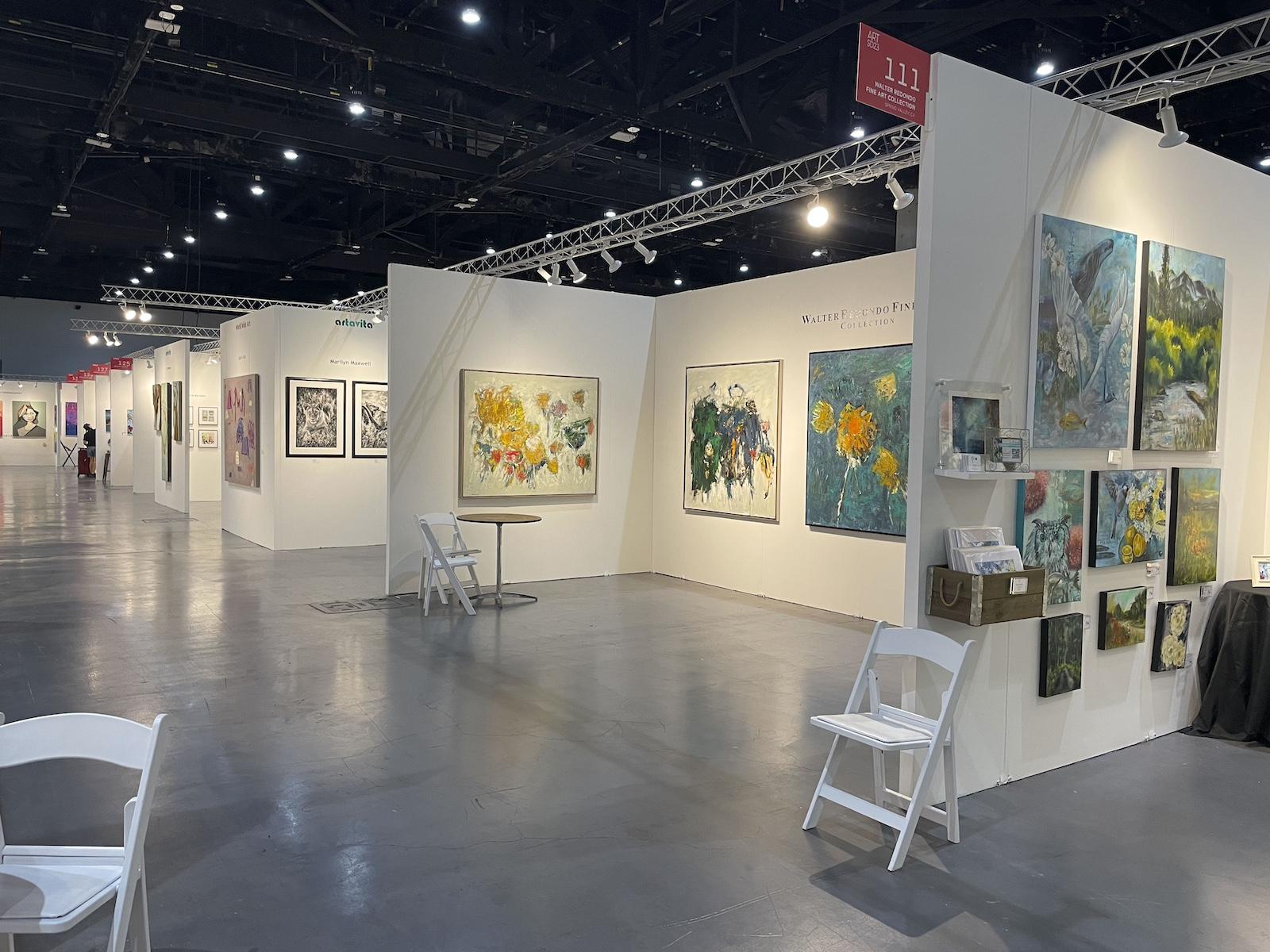

![DEl Kathryn Barton [Australian b. 1972] the more than human love , 2025 Acrylic on French linen 78 3/4 x 137 3/4 inches 200 x 350 cm Framed dimensions: 79 7/8 x 139 inches 203 x 353 cm](/sites/default/files/styles/image_5_column/public/ab15211bartonthe-more-human-lovelg.jpg?itok=wW_Qrve3)
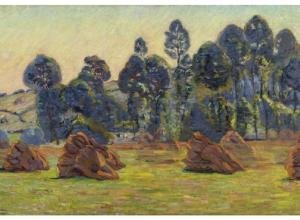
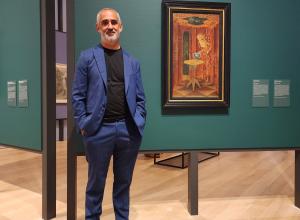

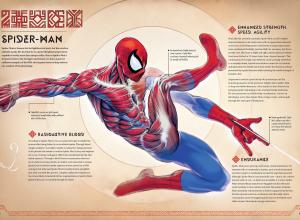
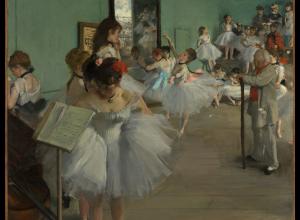










![Merina [Pop Chalee] Lujan, Taos, 1906 – 1993, Yellow Horse, gouache on paper, 13 1/8 x 18 1/8 in. (33.3 x 46 cm.) Estimate: 1,000 – 2,000](https://www.artandobject.com/sites/default/files/styles/image_5_column/public/4630-58.jpg?itok=kBAYkc0u)

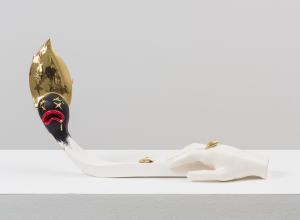

![Ginevra de’ Benci [obverse]. 1474/1478. Leonardo da Vinci. Oil on Panel. Ailsa Mellon Brue Fund, National Gallery of Art.](https://www.artandobject.com/sites/default/files/styles/image_5_column/public/ginevradebenciobverse196761a.jpg?itok=hIzdUTaK)

